Lexus RX L features genuinely useful technologies
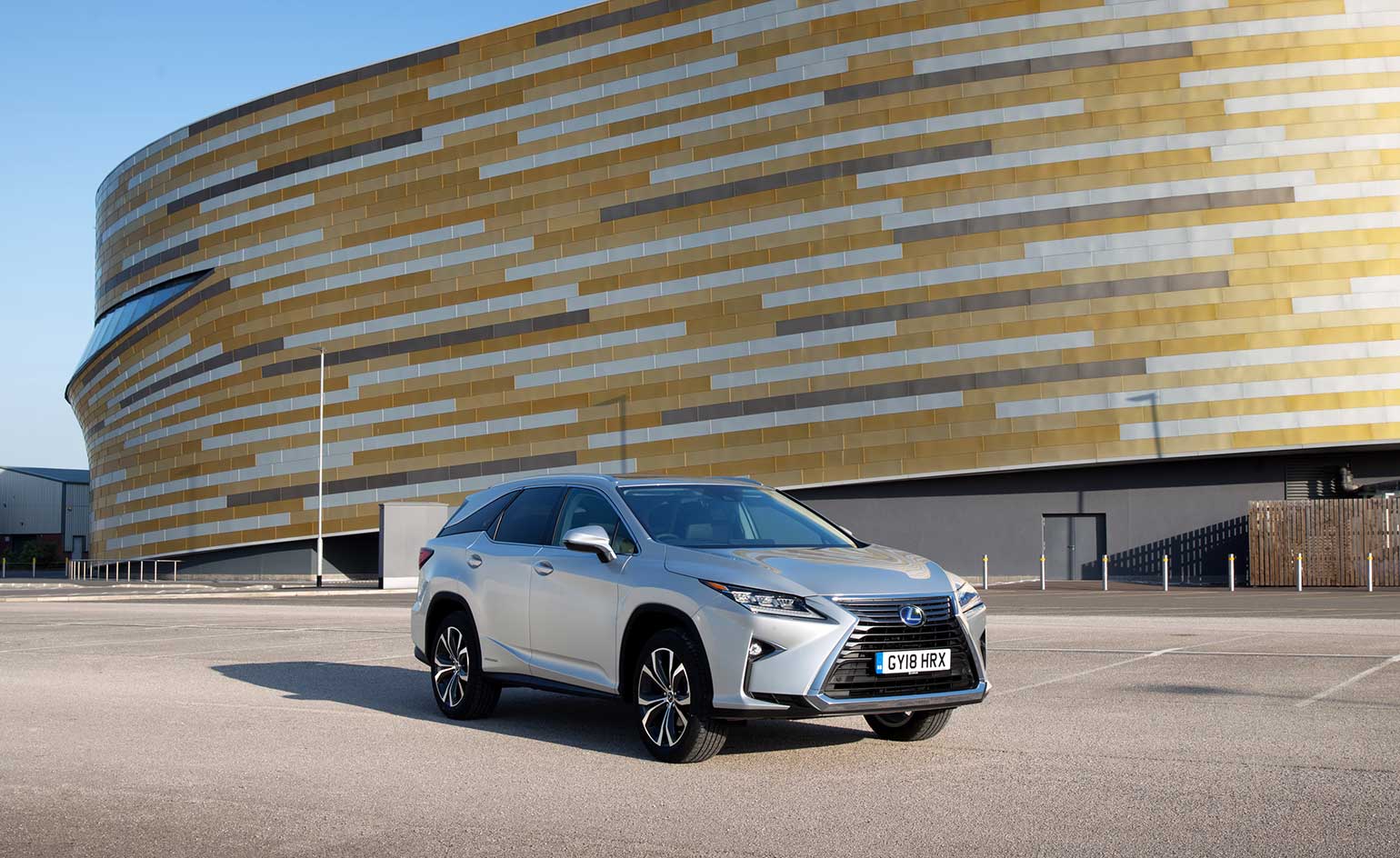
Lexus has quietly been doing a great job developing the technologies that’ll make tomorrow’s premium motoring less of a burden on us all, with quiet, efficient hybrid powertrains to take the sting out of large, luxury vehicles. In many respects, the newer, larger version of its RX SUV, the RX L, is the perfect car, for it represents the apotheosis of hybrid technology spliced with a flexible interior that can seat up to seven in impressively comfortable surroundings.
Lexus, and parent company Toyota, famously invest in R&D and an attention to design and engineering detail that just can’t be matched. The original Lexus models were slavish re-interpretations of the era’s very best motor cars, right down to the sound of the doors shutting, and those happened to be large, luxury saloons from Germany. The end result was a slightly passionless perfectionism that was hard to criticise but also difficult to love.
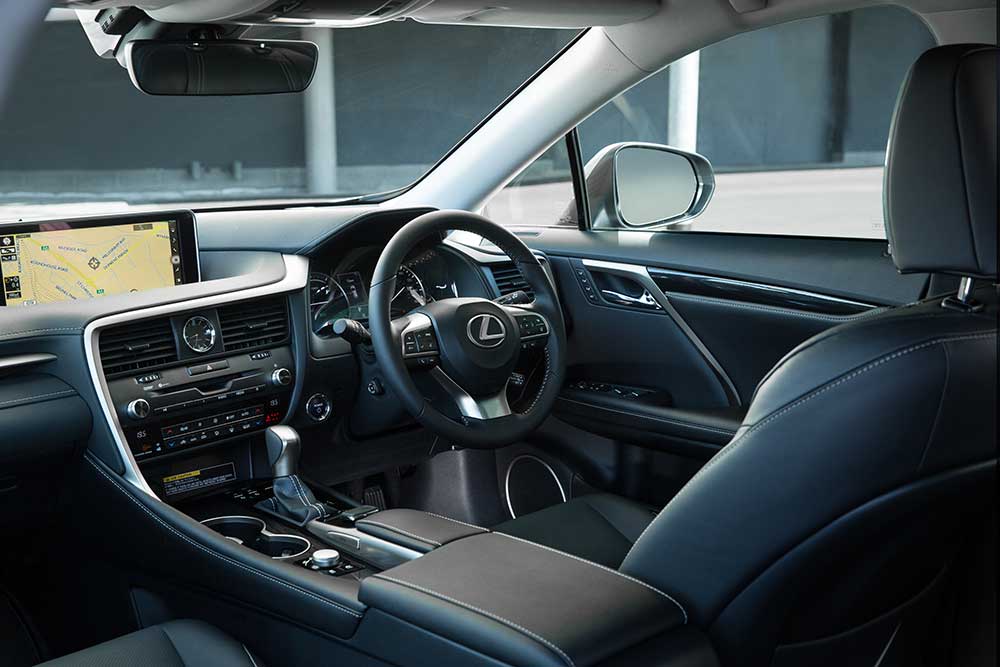
Today, Lexus has the history and heritage, exactly 30 years after its first model, the LS, was introduced. As the company has grown up, so has its approach to design. Lexus argues that its models demonstrate a spirited application of ancient Japanese design principles. We say that beauty is in the eye of the beholder and the RX, like several of its smaller siblings, is a challenging, provocative-looking beast.
It’s hard to ignore aesthetics, but for all its tech brilliance, easy drivability and practicality, the RX seems to have swerved down what looks increasingly like a cul-de-sac of car culture. Electric is where it’s at, and the bold conceptual designs of its rivals are reshaping what a car needs to look like. The RX looks ungainly and out of time, a quirk of evolution. This is all the more ironic when you consider the RX model’s history; for 20 years it has been a pioneering luxury SUV, paving the way for many, many imitators.
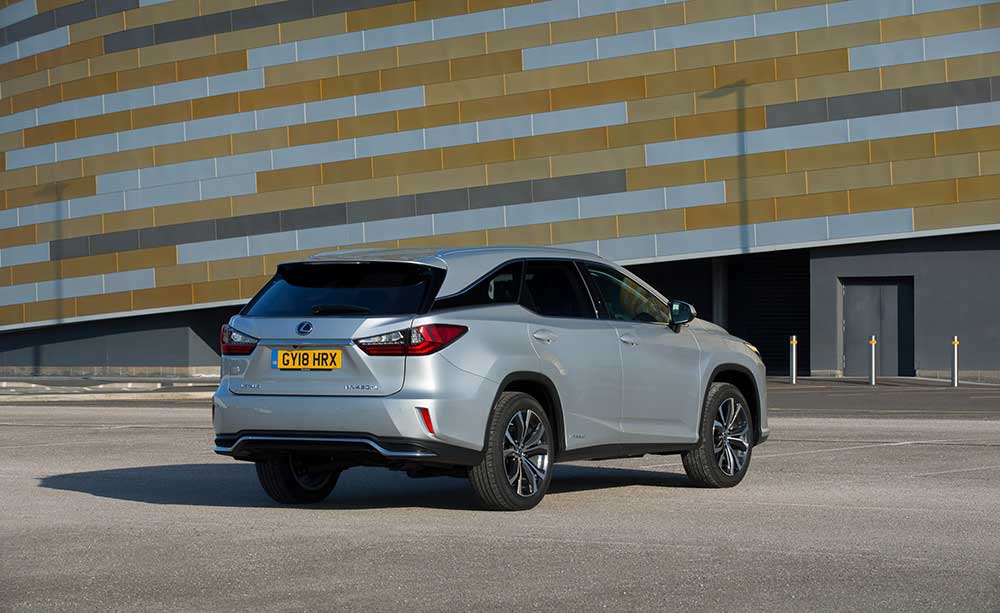
Although the company has been a hybrid pioneer for decades, the long-term electric strategy of Toyota/Lexus is rather hard to pin down. The RX L reaps the benefits of seamlessly integrated hybrid technology, gliding silently around the city when needed, or surging forward with some electrically assisted boost when required. The petrol V6 is smooth and near silent in any case and total power output is more than sufficient. It’s not an especially dynamic car, but that’s not its role in life; a Lexus exists to improve life through technology that actually works, with an emphasis on long-term reliability. It's hard not to wonder what an all-electric Lexus would be like.
Inside, the cabin is defined by high quality materials and idiosyncratic details like the quasi-mouse operated infotainment screen. It's quite unlike anything offered by rivals and is easy enough to use, giving the company another quirky point of difference. The RX is positively brimming with technology but it's not a car for the technophile. Instead, it ploughs a furrow of quiet excellence, aimed at those who want their future mobility untroubled by overt complexity.
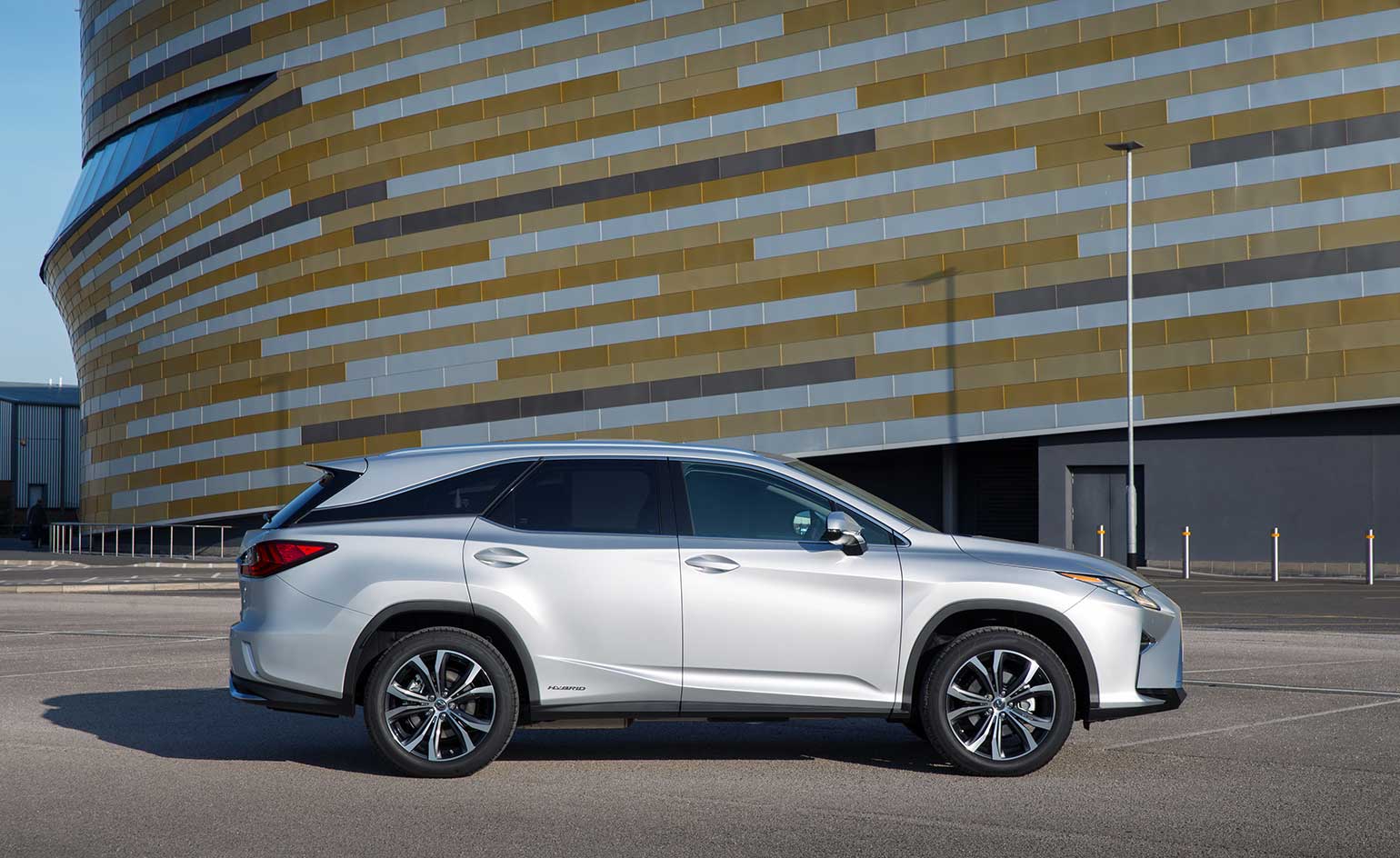

INFORMATION
Lexus RX L, £61,995 as tested. For more information, visit the Lexus website
Receive our daily digest of inspiration, escapism and design stories from around the world direct to your inbox.
Jonathan Bell has written for Wallpaper* magazine since 1999, covering everything from architecture and transport design to books, tech and graphic design. He is now the magazine’s Transport and Technology Editor. Jonathan has written and edited 15 books, including Concept Car Design, 21st Century House, and The New Modern House. He is also the host of Wallpaper’s first podcast.
-
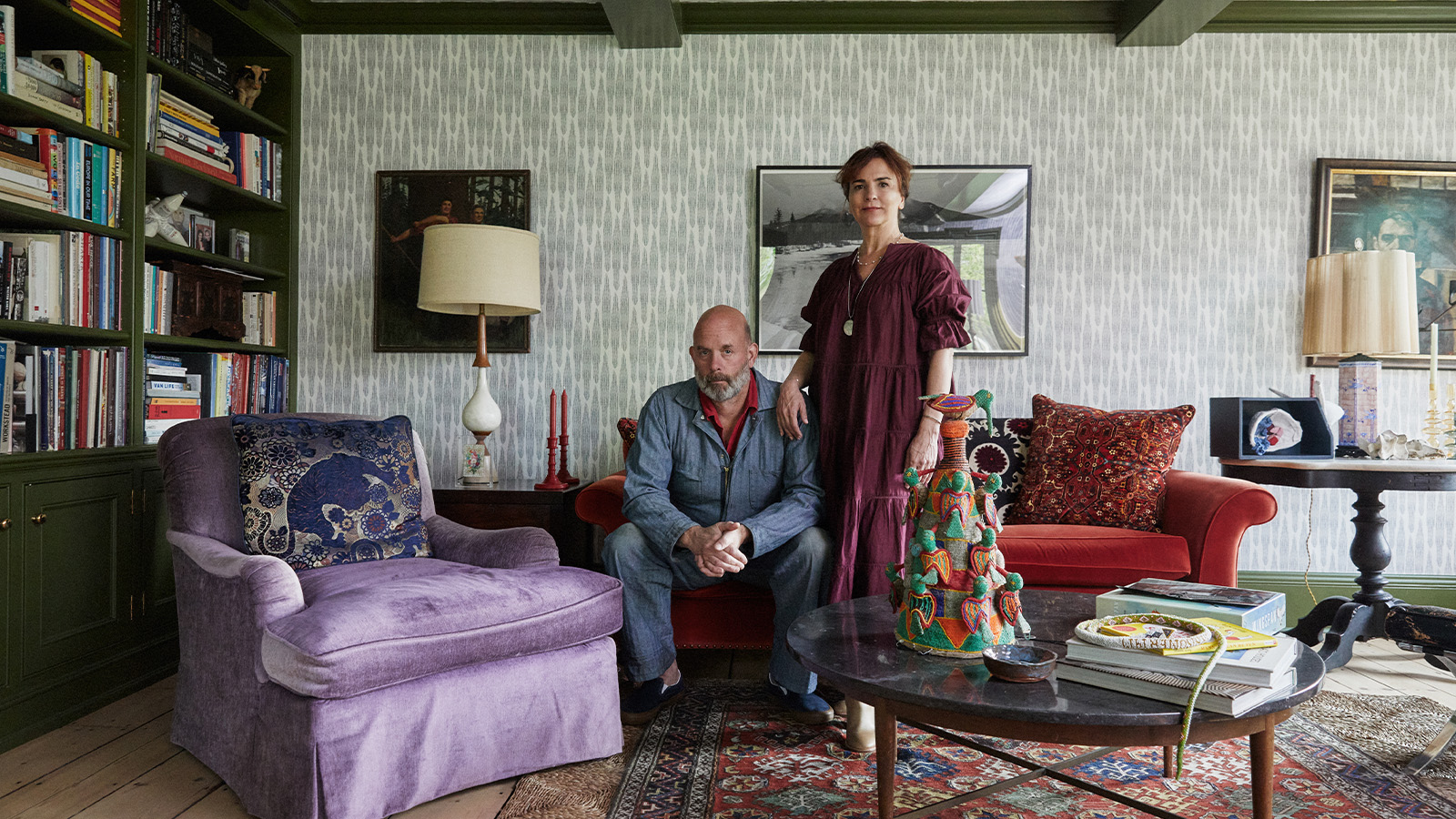 How We Host: Interior designer Heide Hendricks shows us how to throw the ultimate farmhouse fête
How We Host: Interior designer Heide Hendricks shows us how to throw the ultimate farmhouse fêteThe designer, one half of the American design firm Hendricks Churchill, delves into the art of entertaining – from pasta to playlists
-
 Arbour House is a north London home that lies low but punches high
Arbour House is a north London home that lies low but punches highArbour House by Andrei Saltykov is a low-lying Crouch End home with a striking roof structure that sets it apart
-
 25 of the best beauty launches of 2025, from transformative skincare to offbeat scents
25 of the best beauty launches of 2025, from transformative skincare to offbeat scentsWallpaper* beauty editor Mary Cleary selects her beauty highlights of the year, spanning skincare, fragrance, hair and body care, make-up and wellness
-
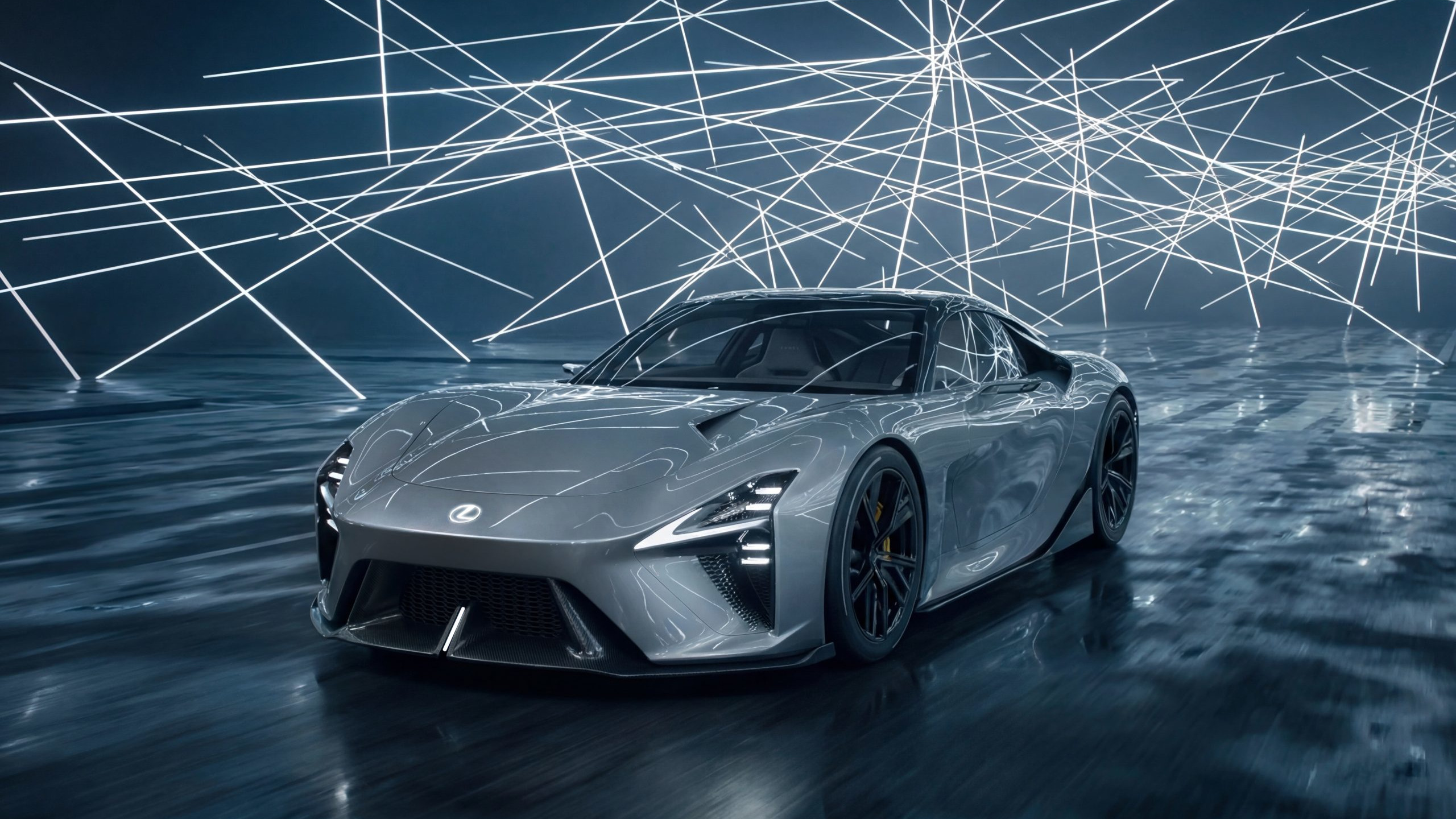 Lexus finally confirms the name of its all-electric LFA Concept supercar
Lexus finally confirms the name of its all-electric LFA Concept supercarStill designated a design study, the Lexus LFA Concept should be the successor to the most unlikely of all 20th-century supercars
-
 Lexus makes its mark on Milan Design Week 2025 with four new interactive installations
Lexus makes its mark on Milan Design Week 2025 with four new interactive installationsLexus’ annual installation at Milan Design Week focuses on human-centred technology and the role of data and design in shaping the luxury car of the future
-
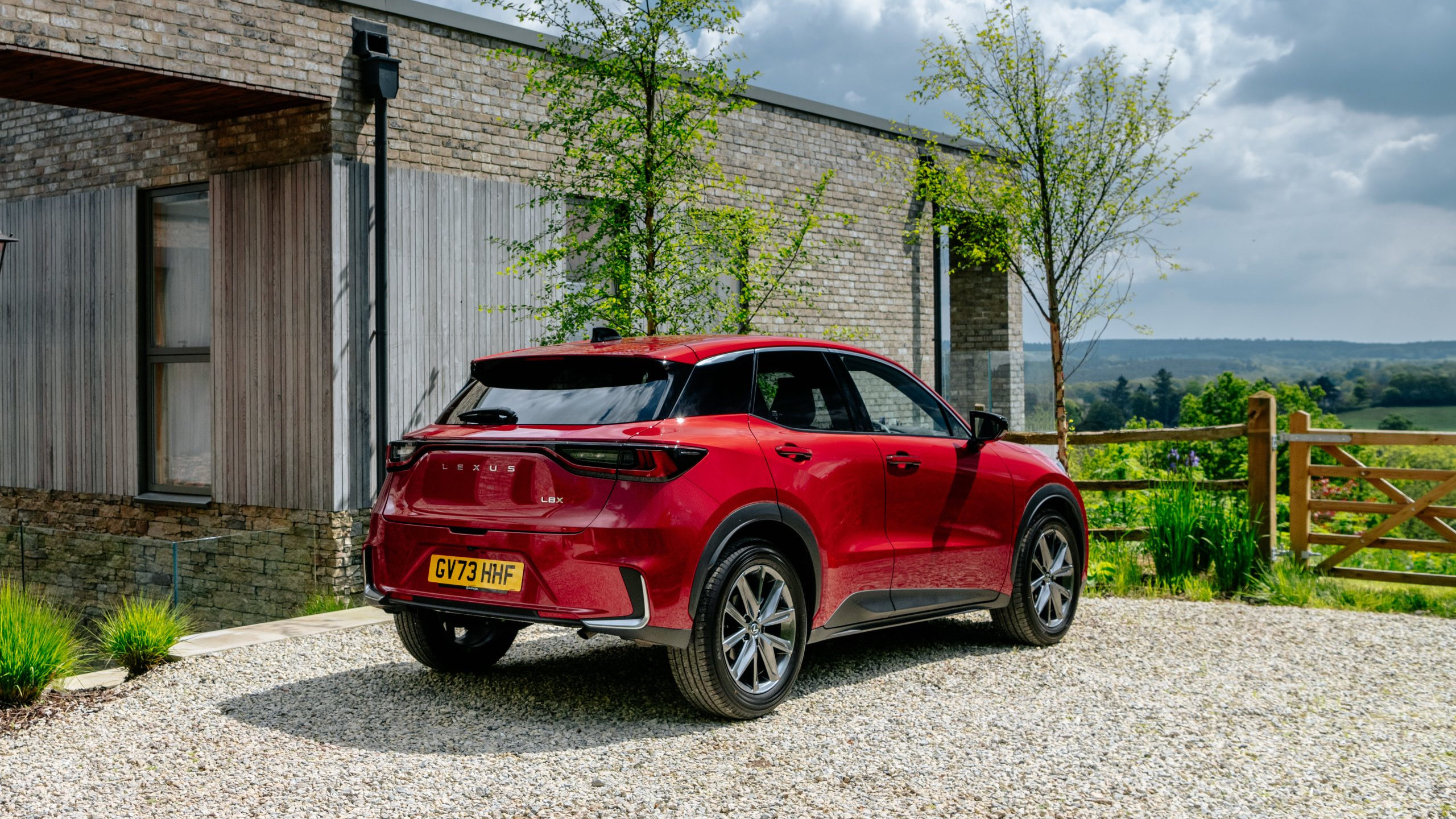 The Lexus LBX crams automotive luxury into a pocket-sized contemporary package
The Lexus LBX crams automotive luxury into a pocket-sized contemporary packageWe explore the world of Lexus’s diminutive LBX, and ponder on the validity of luxury design in a super small car
-
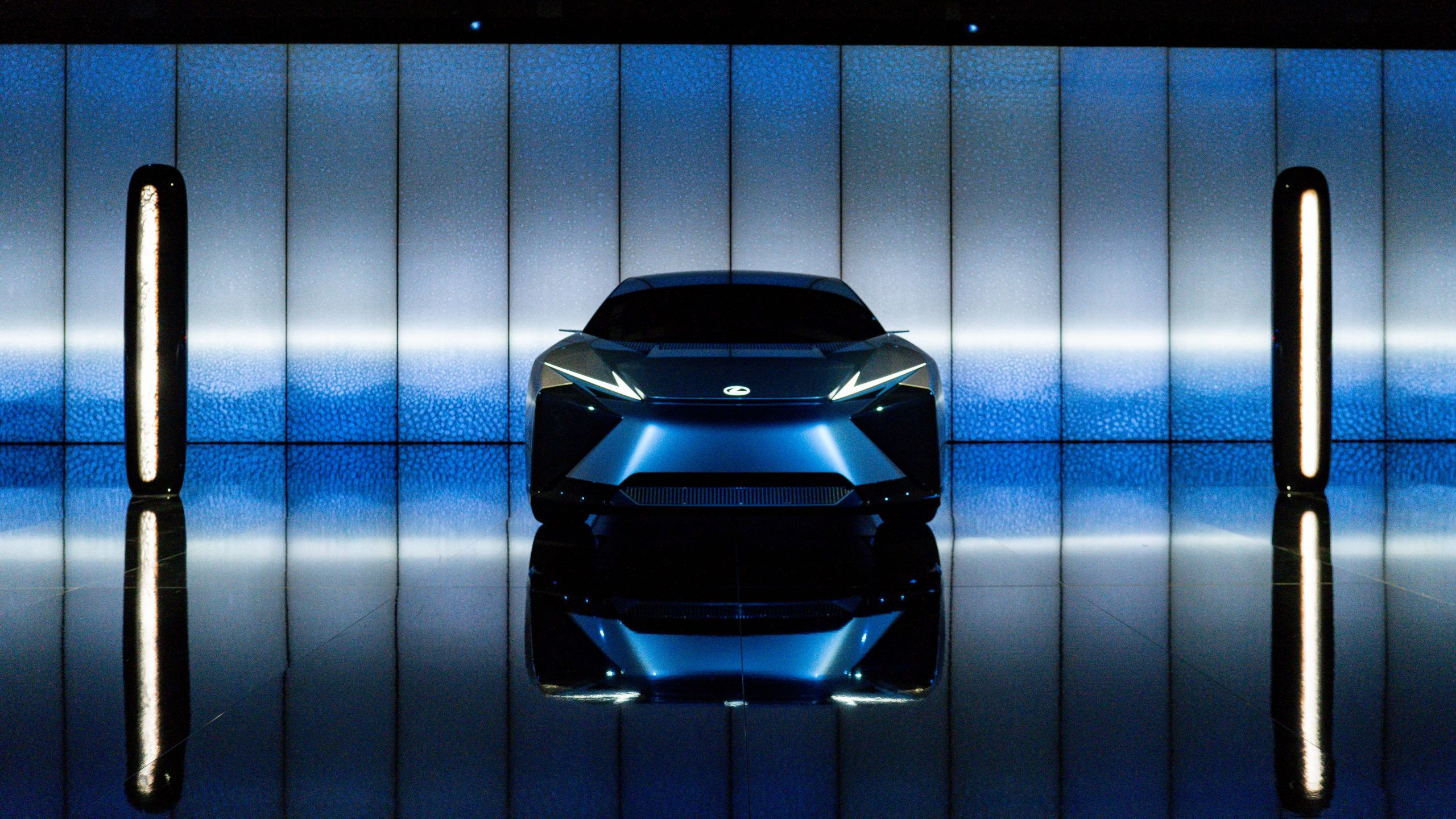 Lexus installation explores time at Milan Design Week 2024
Lexus installation explores time at Milan Design Week 2024Lexus brought designer Hideki Yoshimoto’s ‘Beyond the Horizon’ to Milan’s Art Point, part of its ongoing series of collaborations with Fuorisalone
-
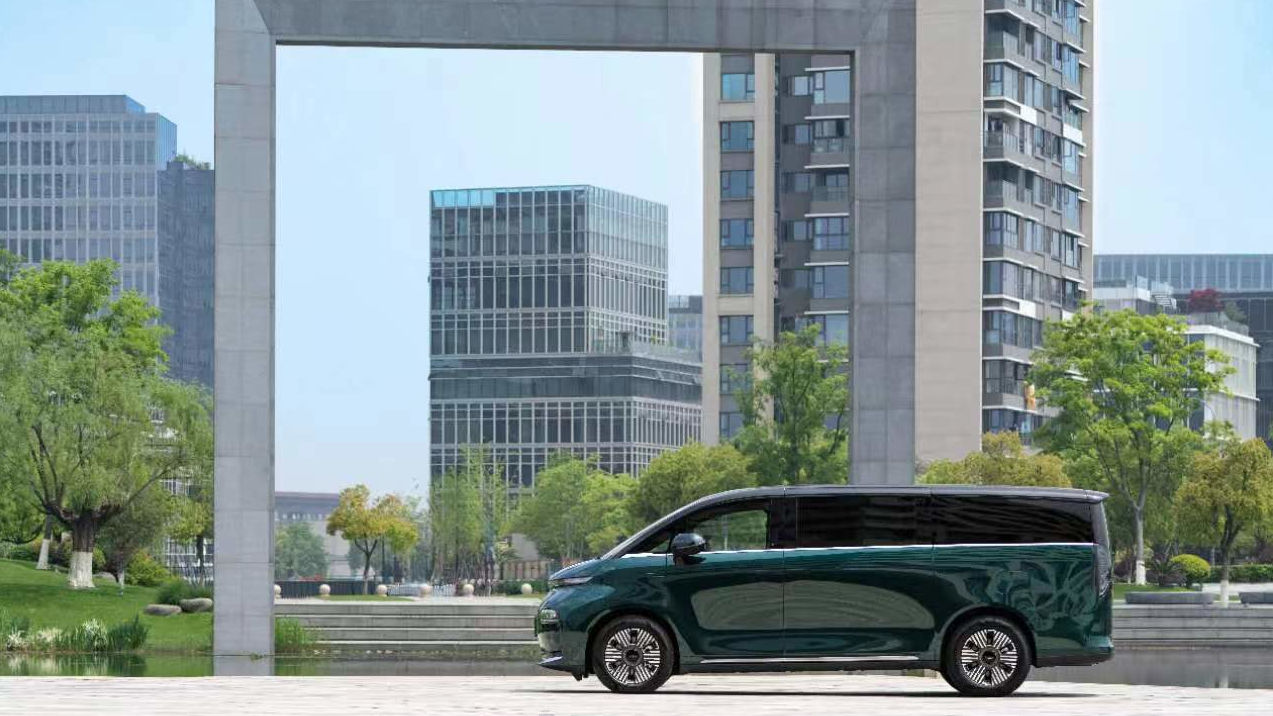 LEVC’s L380 is a truly magnificent minivan
LEVC’s L380 is a truly magnificent minivanThe London Electric Vehicle Company’s L380, is a magnificent minivan designed for upscale long-distance travel, as the maker of the London Taxi branches out into all-purpose EVs
-
 Toyota bz4X SUV is the marque’s first pure electric vehicle
Toyota bz4X SUV is the marque’s first pure electric vehicleThe Toyota bz4X is our first chance to explore how the long-standing masters of mass automobile production make an EV
-
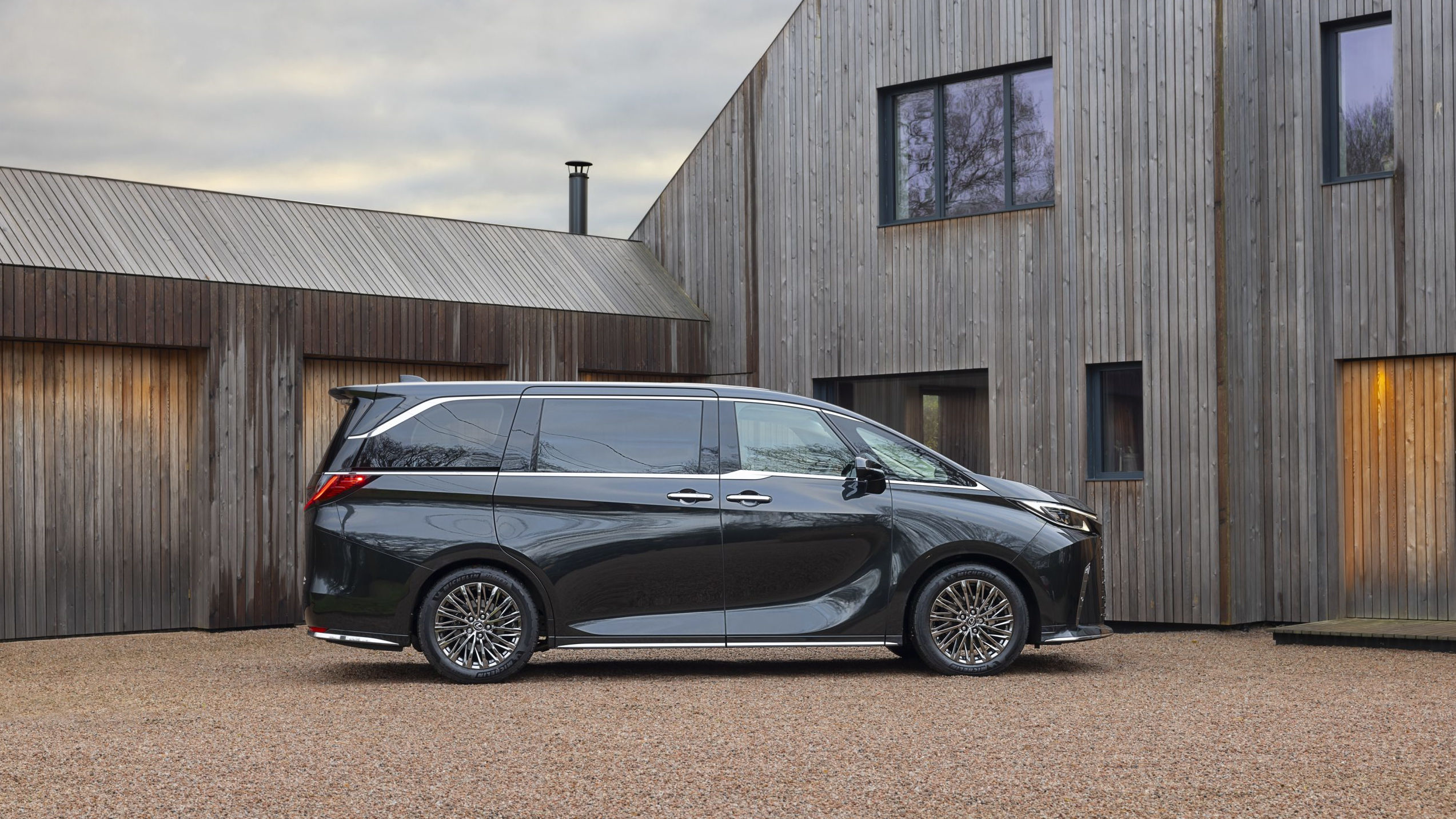 Lexus LM wants you to have the back-seat ride of your life
Lexus LM wants you to have the back-seat ride of your lifeThe back of the Lexus LM has the space, grace and accoutrements to rival a Rolls-Royce. Can this upscale minivan reinvent the luxury car?
-
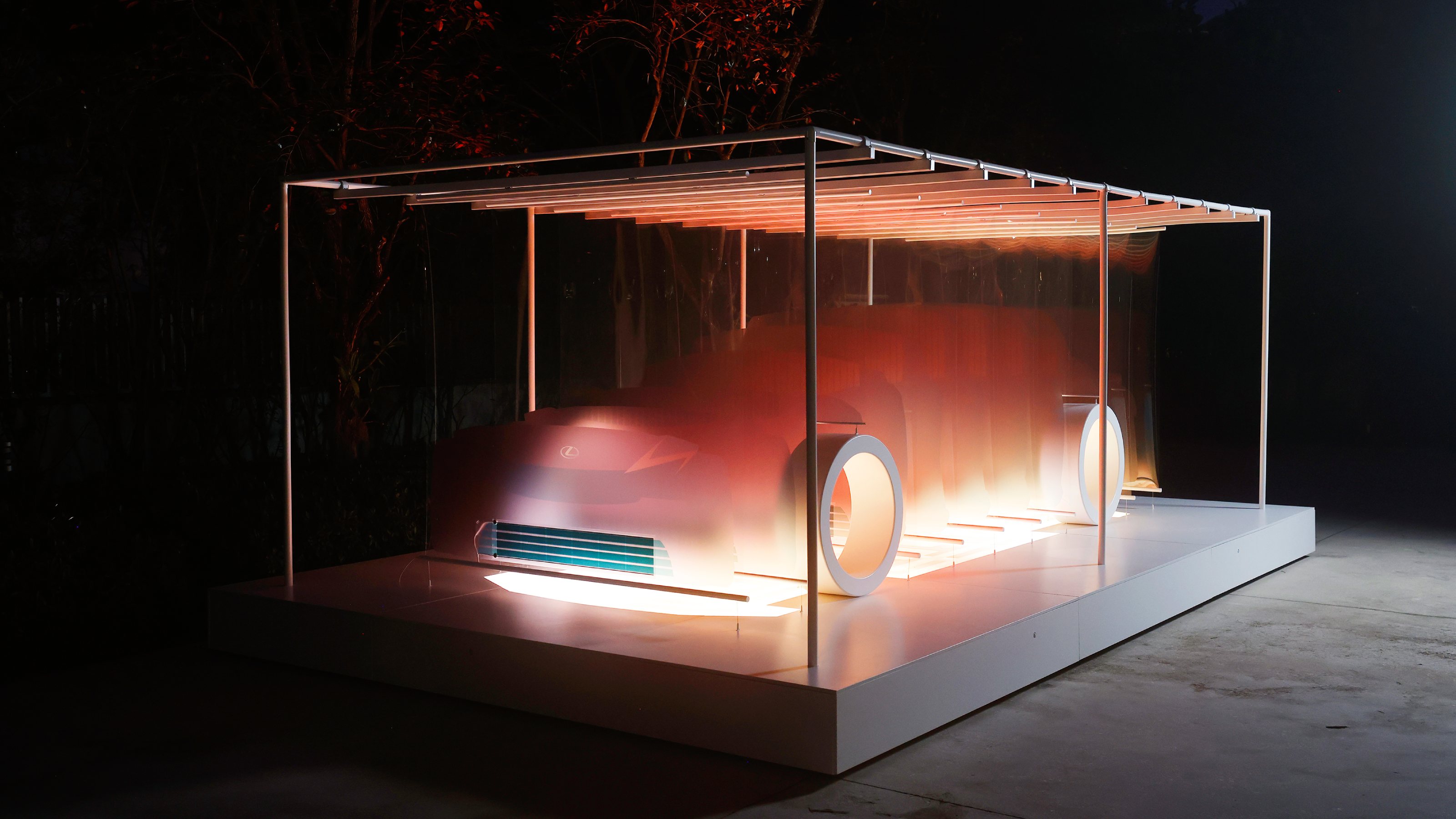 Marjan van Aubel’s ‘8 Minutes and 20 Seconds’ installation with Lexus is our Best Solar Roller
Marjan van Aubel’s ‘8 Minutes and 20 Seconds’ installation with Lexus is our Best Solar RollerThe Dutch solar designer Marjan van Aubel mounted an interactive installation in Miami to introduce Lexus’ new zero-emission LF-ZC concept car